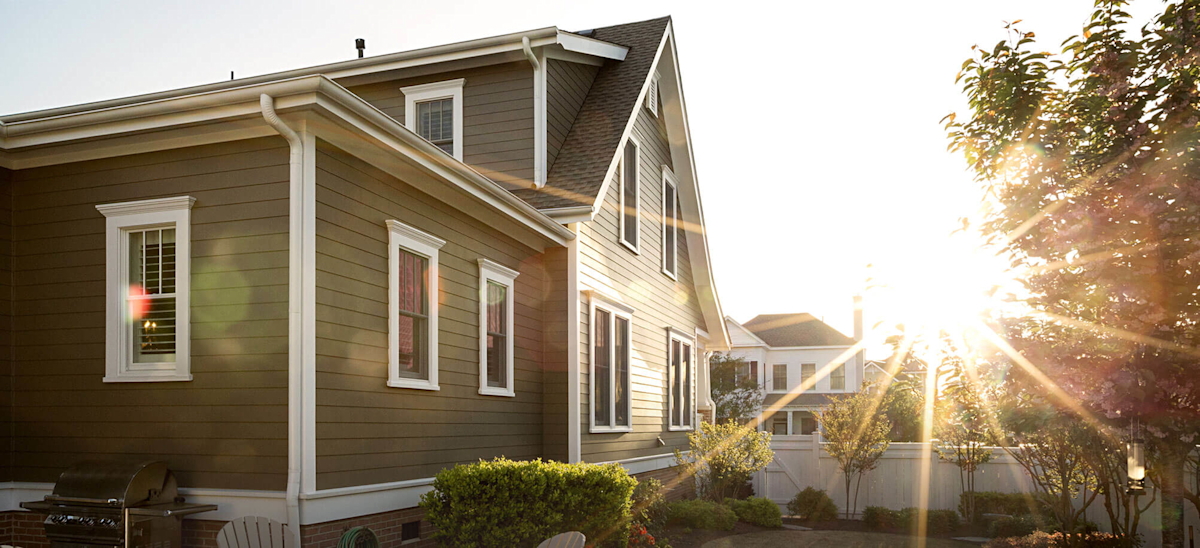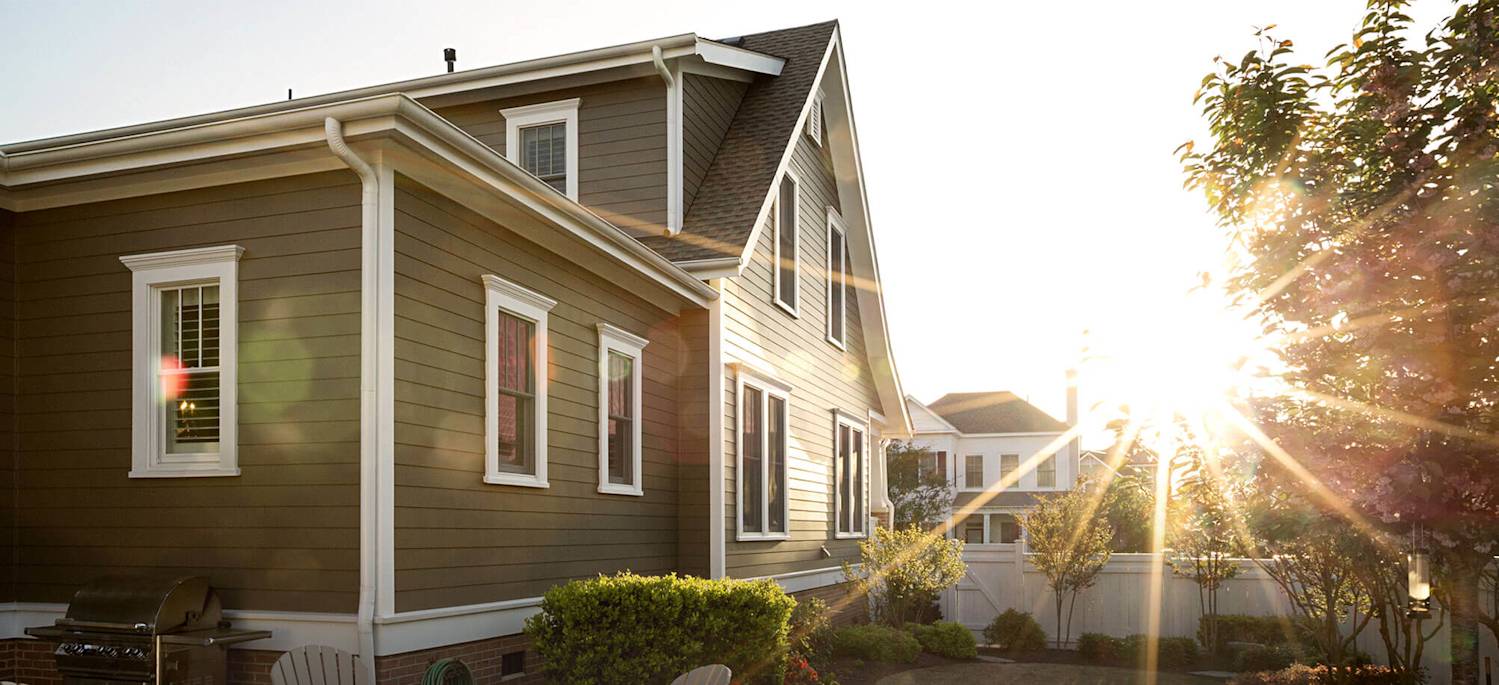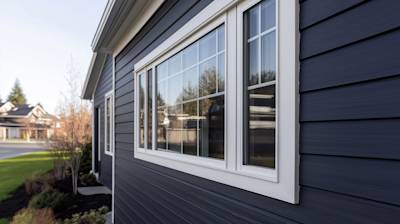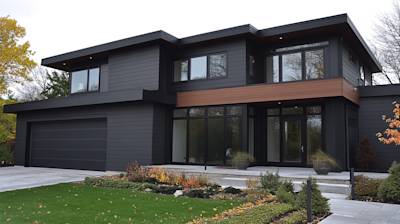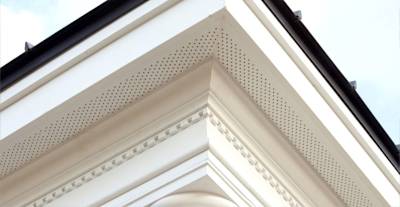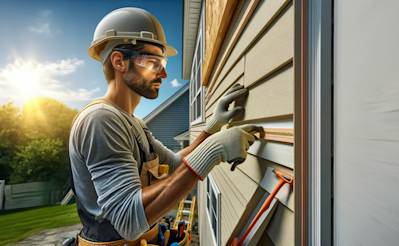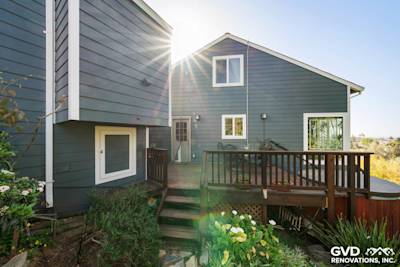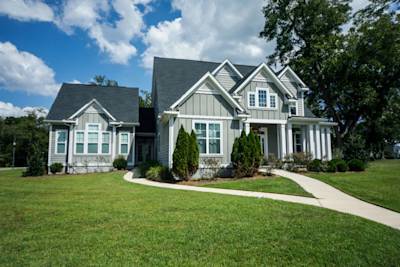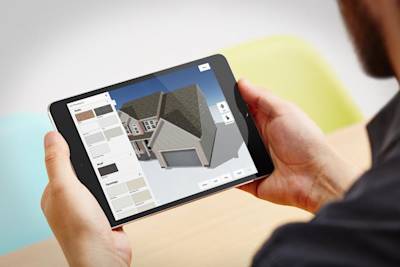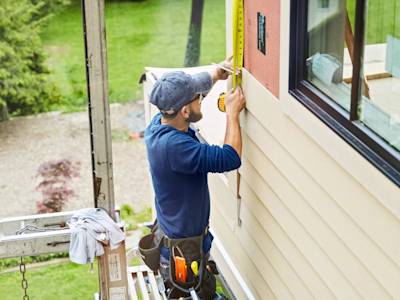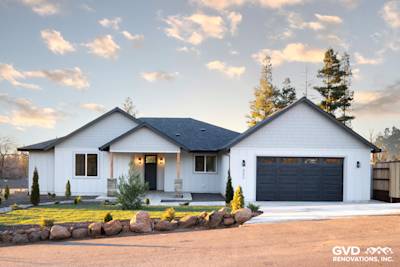Maybe you're building a brand new home? Perhaps you're making updates to your existing home? In any case, you're researching siding options for Bay Area homes.
Fortunately, you've come to the right article. Below, we're going to get into the specifics of the Bay Area's most popular residential siding materials, helping you make the perfect choice for your home. Let's go!
Fiber Cement
The best of North Bay siding is fiber cement. Fiber cement thrives in almost every department, offering top-notch aesthetics and functionality. Though it's a little more expensive than some other siding materials, it's also more durable, providing tons of bang for its buck.
At its peak, fiber cement siding can last up to 100 years. At a minimum, it will provide around 75 years of use. In either case, little maintenance is required, usually no more than an occasional cleaning.
Fiber cement is made out of a combination of Portland cement, sand, water, and cellulose fibers. As such, it's essentially impervious to water, humidity, and sunlight. It doesn't warp or misshape and it rarely cracks. In addition, it does a terrific job of staving off mold growth.
Another issue to think about in the Bay Area is the air's salt content. Due to their proximity to the Pacific Ocean, homes in the Bay Area tend to suffer salt damage on their exteriors. This is particularly true of wood and brick homes.
Fiber cement, however, is made to resist the effects of salt. It will maintain not only its structural integrity but its color as well.
We must also discuss the aesthetic options of fiber cement siding. This siding can be made to look like vinyl siding, wood siding, and even stone siding. So, regardless of the look that you're hoping to achieve, fiber cement siding can make it a reality.
Simply put, fiber cement siding is the best of the best, not only in the Bay Area but everywhere else is as well. It's essentially void of flaws.
Vinyl
Another siding material to consider in the Bay Area is vinyl. Vinyl is almost like a weaker version of fiber cement. It offers many of the same characteristics but doesn't last anywhere near as long.
Where vinyl beats fiber cement is in price. It can be anywhere from 2 to 3 times cheaper than fiber cement siding.
However, when assessing differences in price, you must also assess differences in lifespan. Whereas fiber cement can last up to 100 years, vinyl usually tops out at around 60. In most cases, it lasts for between 40 and 50.
Like fiber cement, vinyl requires very little maintenance. In most cases, it gets by with regular cleaning.
Aesthetically speaking, it's pleasant but average. See, vinyl is the most popular siding material in existence. As such, it tends to just blend in with all of the other vinyl sidings that surrounds it.
Not to mention, vinyl tends to have a "mass-manufactured" feel to it. In other words, it looks a little cheaper than fiber cement, not to mention wood.
Vinyl rarely incurs damage. Not only does it scarcely warp but it scarcely cracks either. It has a soft consistency that enables it to withstand wear and tear.
All in all, vinyl is a solid material. It will perform well in Bay Area weather conditions, as it's resistant to water, sunlight, salt, and other such elements.
Wood
If you're hoping for that classic look, you should consider installing wood siding. Wood siding is aesthetically pleasing, paintable, and capable of transforming the look of a residential property. It has a feel and an atmosphere that can't be replicated by synthetic materials like vinyl and fiber cement.
Note, though, that it can struggle in Bay area weather conditions. Not only is wood siding susceptible to water and humidity but sunlight, salt, and high heat as well. As such, over time, it can buckle and warp fairly severely.
Not to mention, its surface can deteriorate, drastically reducing its overall look. This is particularly true when exposed to salt-heavy air.
For this reason, if you install wood siding, you're going to have to provide it with maintenance on a regular basis. Not only will you need to paint it and seal it but sand it as well. Failure to do so will reduce both the aesthetics and durability of your wood siding.
When you provide wood siding with sufficient maintenance, it can last up to 40 years. If you don't provide it with sufficient maintenance, it will struggle to make it longer than 20. In other words, the success of your wood siding is heavily dependent on you.
As far as price goes, wood siding is a mixed bag. It starts fairly cheap, around the price of vinyl siding. However, when you take into account its lack of durability and high need for maintenance, it ends up being fairly expensive over time.
In truth, you should only install wood siding in the Bay Area if you're in love with its aesthetic. It offers no functional benefit that isn't bested by fiber cement or even vinyl.
Engineered Wood
One last option to consider is engineered wood. Engineered wood has an aesthetic that is similar to that of authentic wood, but its functionality is closer to that of vinyl. It's made out of a combination of wood pulp and synthetic fibers.
Engineered wood thrives in the face of water exposure, sunlight exposure, salt exposure, and the like. In addition, it holds up fairly well against physical trauma. As such, it rarely requires maintenance.
Note, though, that engineered wood tends to top out at around 30 years. So, in other words, it's much less durable than the options discussed above.
There are All Sorts of Siding Options for Bay Area Homes
As you can see, there are all sorts of siding options for Bay Area homes. Whether you want vinyl, wood, fiber cement, or otherwise, it will be able to withstand the Bay Area weather conditions.
Looking for San Francisco Bay Area Siding? We here at GVD Renovations & Remodeling are the people to see. We offer all of the sidings reviewed above and will install them for you in a timely and professional manner.
Contact us now for a free quote!
Tags: Siding Options for Bay Area Homes,



